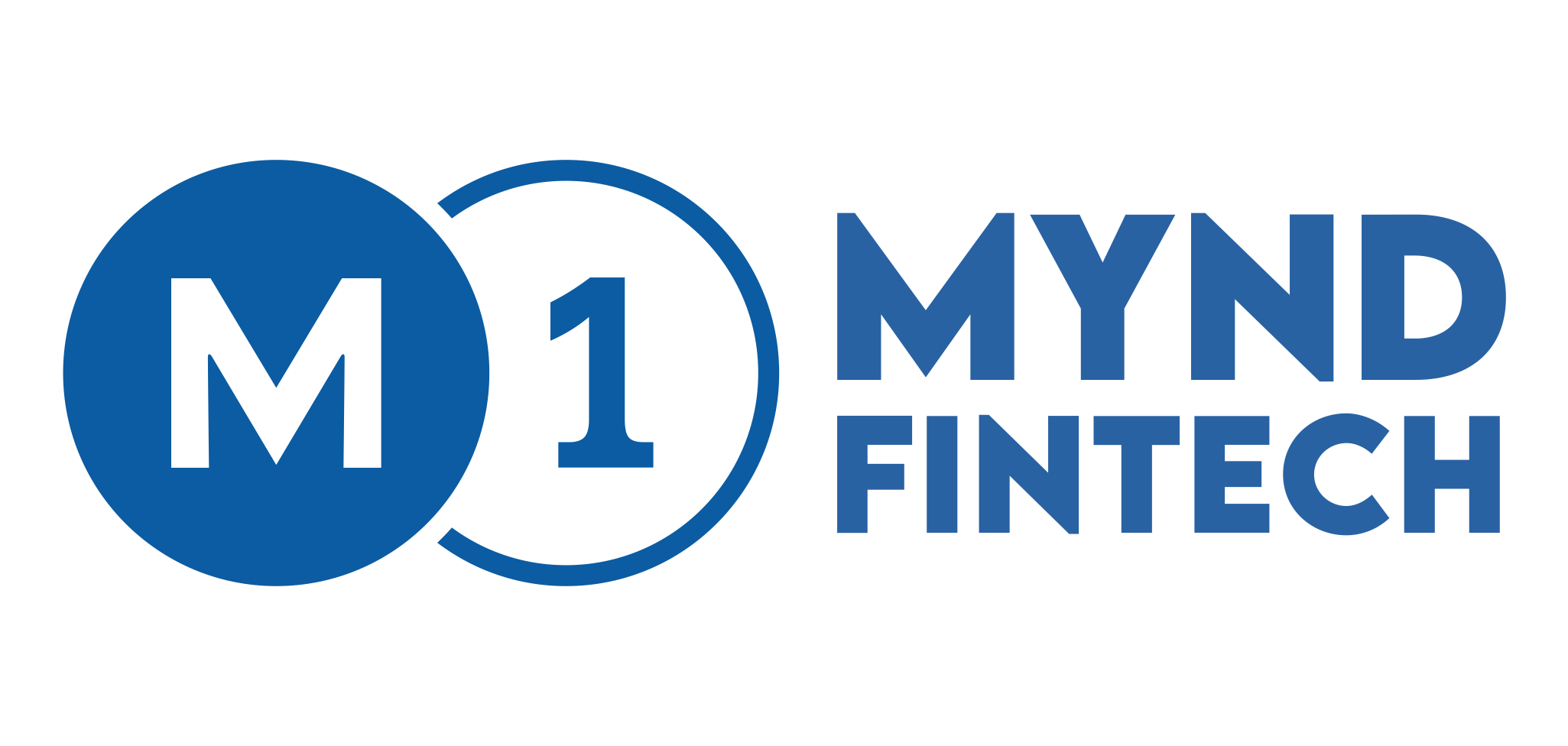To survive, run, and grow, a business needs to infuse capital into it at appropriate times. Without funds, a business may get choked and not survive. Hence, businesses need to look for regular and cost-effective ways to get funds to survive and grow. One such method of providing regular cash flow is Invoice Discounting.
Brief Introduction of Invoice Discounting:
Invoice discounting is a financial solution that enables businesses to receive cash upfront on their outstanding sales invoices by pledging them as collateral with an Invoice/bill discounting company. This allows businesses to generate regular cash flows and receive payment faster than waiting for the due date. With invoice discounting, businesses can improve their working capital, which in turn, supports their daily operations and growth. The Invoice/bill discounting company provides the financing by charging a service charge for its services. Invoice discounting is a flexible and cost-effective option for businesses looking for quick access to cash without going through the long and complex process of traditional lending.
What is Invoice Discounting?
Invoice Discounting is a financial practice adopted by businesses to support their working capital requirements in a hassle-free and cost-effective manner.
When a business offers its goods or services for sale to a buyer, it raises an invoice against it. The buyer promises to settle the invoice later, which could be anything from 1 month to 6 months. Given the market competition, the seller may not have an option but to agree to it.
However, this blocks the funds of the seller for that time. So, instead of waiting, the seller approaches a bank or NBFC and uses those unpaid account receivables as collateral to get a loan from the financial entity. The financial entity verifies the buyer and the seller’s credibility. After getting approval from the buyer on the invoice, make a payment of up to 80% (for invoices less than 90 days old) of the invoice’s face value.
Invoice Discounting is treated as a short-term form of borrowing. This is because the lender can change the amount of debt outstanding as soon as the amount of accounts receivable collateral changes.
Purpose of Invoice Discounting
The primary purpose of Invoice discounting is to ensure a smooth cash flow into the business. For not cash-rich companies, it is crucial that their funds do not get stuck in bills receivables. They may sometimes get a big order from a reputed corporate or have other business opportunities. In such a situation, not having enough funds may loss of that business opportunity.
This way, Invoice discounting not just helps a business increase the cash flow in its system but also helps accelerate business growth. When a business pays its suppliers regularly, it enhances its reputation and helps them get better deals in the future. That’s why businesses are ready to discount their invoices and get lesser but quicker payments against their sales invoices.
Types of Invoice Discounting:
Depending upon the business requirements of the seller, there are different types of Invoice Discounting:
- Whole turnover invoice discounting: In this short-term financing method, a business can avail of a loan from the lender on each invoice they generate. Here, funds can be raised on the total turnover of the company.
- Confidential invoice discounting: In this method of short-term financing, the financial entity maintains confidentiality so that the customers and vendors of the businesses do not come to know about the existence of any such business arrangement.
- Selective invoice discounting: In this short-term financing method, a business avails of an invoice discounting facility on selective invoices only, as per their needs and business objectives. The seller may give the invoices of only selected buyers to the financial entity as collateral for raising funds.
How does invoice discounting work?
The process of invoice discounting is quite simple.
- A business entity (seller) sells some goods to another business entity (buyer) and raises an invoice against it.
- Once the buyer approves, the seller sends the invoice to the financial institution for raising funds.
- The lending institution verifies the invoices at their end and issues a certain percentage of the invoice’s face value (usually 80%) as per the terms agreed.
- The invoice amount is collected on maturity by the business entity or the lending institution as per the agreement terms.
- When the buyer makes a payment against the invoice to the lending institution, it deducts its service fee and returns the remaining amount to the seller.
Invoice Discounting fees:
The fee for invoice discounting is the commission and service fee charged by the lending institution. Most lending institutions have two types of charges – the first is the interest charged on the amount of loan given against the invoice. The second charge is a monthly fee to maintain this arrangement. The interest charged is based on the amount of funds loaned, not the amount available to be loaned.
Example of Invoice Discounting
Assume a small business, Suresh Inc, sells goods worth $50,000 to a customer and issues an invoice with a payment due date of 30 days. However, Suresh Inc needs cash to pay its suppliers and meet its operational expenses before the customer pays the invoice. Instead of waiting for 30 days, Suresh Inc decides to use invoice discounting.
Suresh Inc contracts the invoice as collateral with an Invoice/bill discounting company like Mynd Fintech and receives $48,500 in cash, which is a 3% discount on the invoice value. The Invoice/bill discounting company becomes the rightful owner of the invoice and will receive payment from the customer in 30 days. Suresh Inc gets its cash upfront, which it can use to pay its suppliers and meet its operational expenses. The Invoice/bill discounting company charges a service charge for its services, which is a small cost compared to the benefits that Suresh Inc receives from invoice discounting.
This example shows how invoice discounting can help businesses get paid faster and improve their working capital.
Documents required for Invoice Discounting
Once you decide to avail the facility of Invoice Discounting, you will require the following documents:
- Proof of Identity and Address for the owner as well as business
- Copy of the PAN Card
- Copy of the Aadhar Card
- Proof of Business Registration
- GST Registration Certificate
- Recent Bank statements for 9 months
- Filed GST Returns
- Sales ledger details for vendor.
Advantages of Invoice Discounting:
Invoice Discounting is a quick and hassle-free way to ensure regular cash flows into a business. Some of its specific advantages are listed below:
- Ensures quick availability of cash: Invoice Discounting helps a business get immediate funds in an urgent need. One can apply for funds and get them quickly within 24-72 hours. For businesses that generate many invoices, it’s a boon as it prevents their funds from getting blocked as accounts receivables.
- Protects businesses from bad debts: Some lending institutions offer a value-added service to their customers. They charge an additional amount for this service and protect the sellers against bad debts.
- Maintains confidentiality: Many times, a buyer does not want to show his financial condition openly and loses the customer’s confidence. In such a case, the lending institution provides the loan while maintaining confidentiality about such an arrangement.
- Get higher and better credit terms: With the passage of time and the growth of the business, the lender’s confidence in you also increases. This makes you eligible to avail of higher funds based on trade receivables.
Learn more: Advantages of Invoice Discounting
Difference between Invoice discounting and Invoice factoring
Invoice factoring and invoice discounting are more or less similar. In both types of financing agreements, the lender issues funds against unpaid sales invoices. However, the fundamental difference between these two financing methods is managing the credit control process and collecting payments from customers.
In the case of Factoring, the lending institution actually ‘buys’ the invoice from the seller. Now, the lender manages the sales ledger and credit control process. So, the responsibility of collecting money from the buyer lies with the financial entity.
However, in the case of invoice discounting, the responsibility of collecting money from customers still lies with the seller. This helps the seller maintain complete confidentiality regarding such business arrangements. Here, the sales invoices are merely used as collateral for providing loans. The seller collects the payment on maturity and pays the lender along with their service charges.
Conclusion:
While some people treat Invoice Discounting as an extra cost for the business, the reality is that it gives a business a chance to make bigger profits by forgoing smaller profits. Not only does it help maintain liquidity, but it improves your relations with employees, suppliers, and other stakeholders.
M1 Exchange by Mynd Fintech is the leading Invoice Discounting / Bill Discounting company in India. We have helped several companies and SMEs grow by providing them with liquidity and enhancing their cash flows. Contact us today to learn more about how we can help your business.
FAQs
Q. 1: What is Invoice discounting?
Ans: Invoice discounting is a financial practice adopted by businesses to support their working capital requirements in a hassle-free and cost-effective manner.
Q. 2: How long does it take to get cash from Invoice discounting?
Ans: One can apply for invoice discounting and get the funds within 24-72 hours.
Q.3: Is using Invoice discounting considered a negative by a company’s clients?
Ans: While adopting invoice discounting, the payment is collected by the seller himself. The client may not come to know about it. Hence, it is not considered negative.
Q.4: How can an Invoice discounts help me bring positive cash flow to my business?
Ans: Using invoice discounting allows a business to get paid in a timely manner for services and products that have already been supplied. It helps them control their current liabilities and maintain a positive cash flow.
Q.5: What are some of the good bill/invoice discounting companies in India?
Ans: M1 Exchange from Mynd Fintech is one of the best bill/invoice discounting companies in India.

